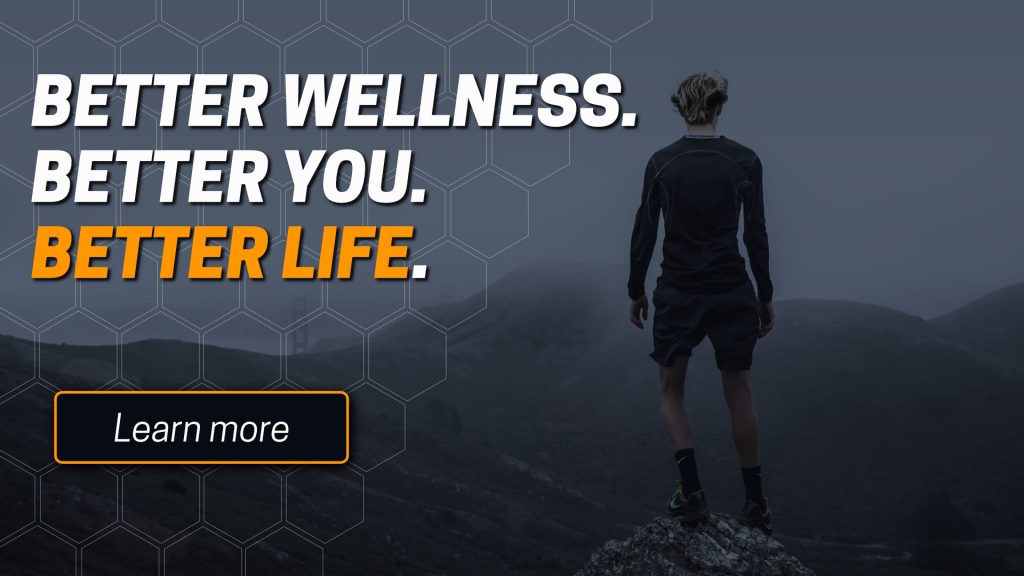Today at a Glance
- Optimize Energy with the Better Breathing Paradox
- Build Strength with the Asian Squat Challenge
- Thrive in Life with the 7-C-Framework of successful people
OPTIMIZE ENERGY—one framework
The Better Breathing Paradox
Most people mess up breathing right.
You breathe—so you think you breathe right. You might have heard that blood oxygen saturation should be between 95% and 99%.
Here’s the paradox: It’s not entirely true that the amount of oxygen in your blood determines how much oxygen your muscles, organs, and tissues can utilize. The amount of carbon dioxide in your blood really dictates how much of this oxygen your body can utilize.
CO2 is not a waste gas. It is the main factor that causes red blood cells to release oxygen for the body to metabolize. This is called the Bohr Effect.
So how do we use this fact for better breathing?
Simple. We train our CO2 tolerance.
Here’s how you can do that:
Let your mouth be closed and breathe only through the nose while exercising or running.
Why?
This is high-altitude training light. It makes breathing more difficult because your nostrils are smaller than your mouth.
At the same time, you will not exceed your current capacity. As soon as you feel the need to breathe through your mouth, you have exceeded your current limit.
BUILD STRENGTH—one exercise
Asian Squat Challenge
Improve strength, mobility, and posture
If you’ve been to Asia you’ve certainly seen people comfortably sitting in a squat position.
The Asian squat is a functional movement/rest position with clear fitness and health benefits.
They are fantastic for your overall well-being.
Here are some benefits:
• Strengthen Legs
• Improves Posture
• Reduce Tight Calves
• Combat Lower Back Pain
• Improve Ankle Mobility and Flexibility
• Reduces Pressure on Joints and Bones
• Improves Digestion and Bowel Movements
• Combat the Problems Associated with Sitting
• Promotes Better Positioning for Olympic Lifting Exercises
How it works:
Stand with your feet shoulder-width apart with your feet pointing forwards. Slowly lower yourself into a deep squatting position. Keep your back as upright as possible and keep your heels touching the floor. Try and relax into the position and hold it for a few minutes.
Here’s my challenge for you: Swap 15 minutes of sitting a day for Asian squatting. Do this for 30 days straight. If you can’t do the Asian squat at first, try holding onto a chair or table. Get your buttocks as low as possible with your feet flat on the floor.
THRIVE IN LIVE—one mindset
The 7-C-Framework
We have often asked ourselves: How can we thrive in life purposefully?!
“Thriving” has both a subjective and objective meaning.
Your idea and feeling of thriving are going to be different than mine.
Thriving touches on various life aspects: mainly physical, mental, social, economic, and cognitive.
It means going beyond success. When you are thriving, you are touching aspects of your daily life, habits, your relationships, your personality, and this goes up to the ecosystem you live and operate in.
The ONE big integral part of a thriving life—is well-being.
To deeper understand what makes up a thriving life, we’ve dug into the characteristics and focused on what truly thriving personalities have developed, talked about—and especially lived.
Read more in this week’s article The 7-C-Framework to Thrive in Life.
What’s going on in our world
We have changed our newsletter format to provide more value to you. How do you like the new format? (Simply reply to this email)
We’re going to ramp up our game by delivering this format every week. Our articles will be published as usual bi-weekly.
Have a wonderful weekend and stay active!








